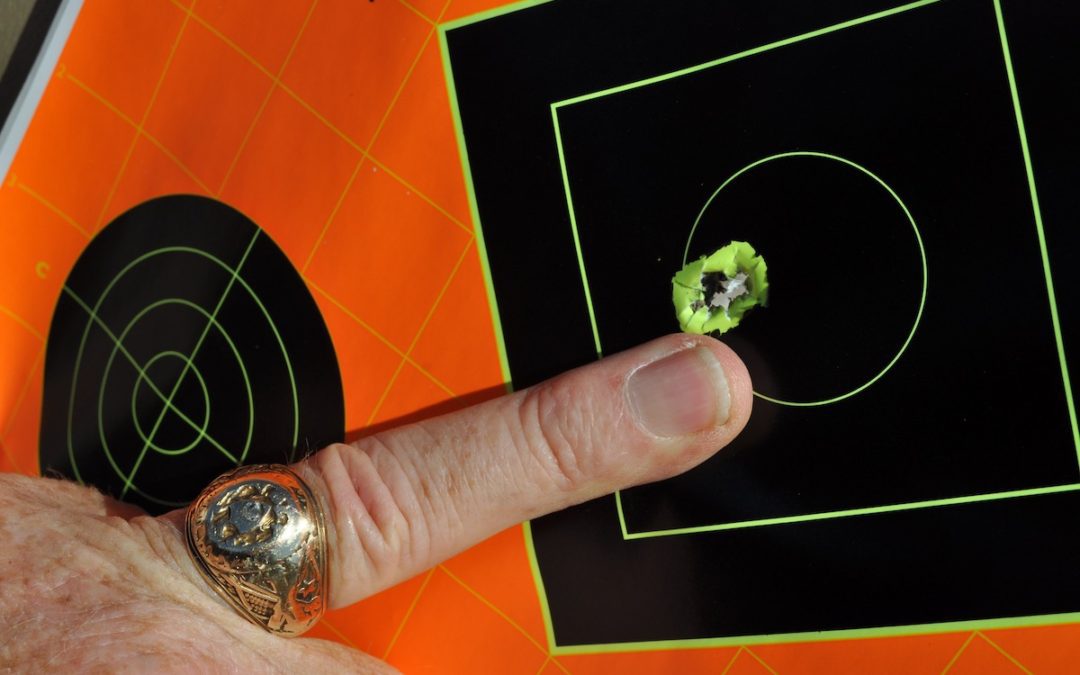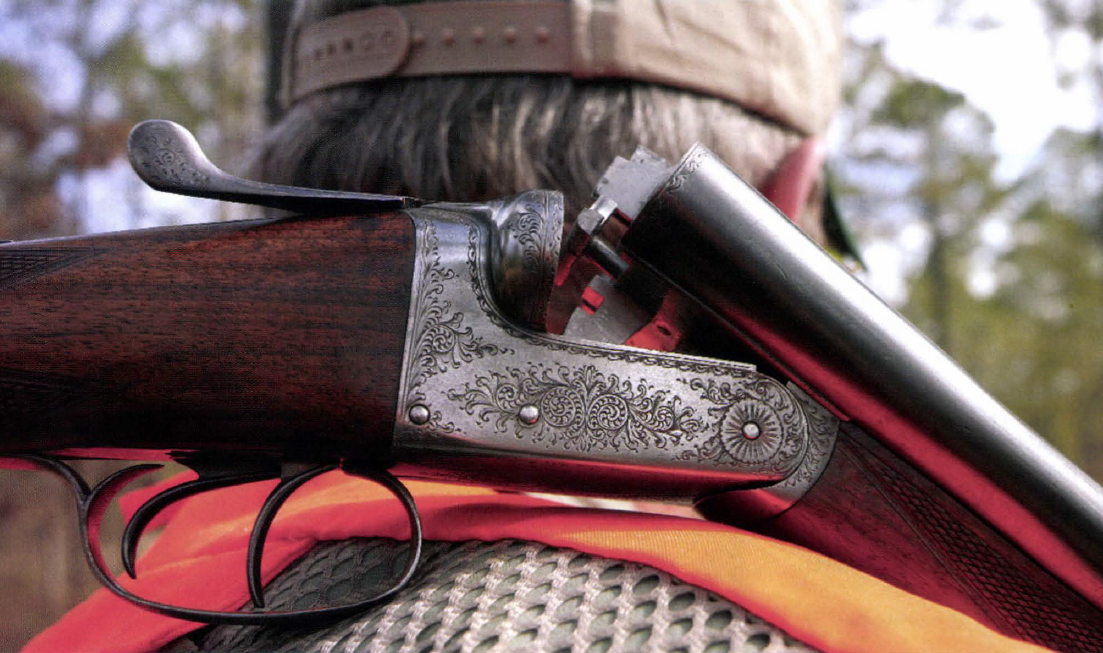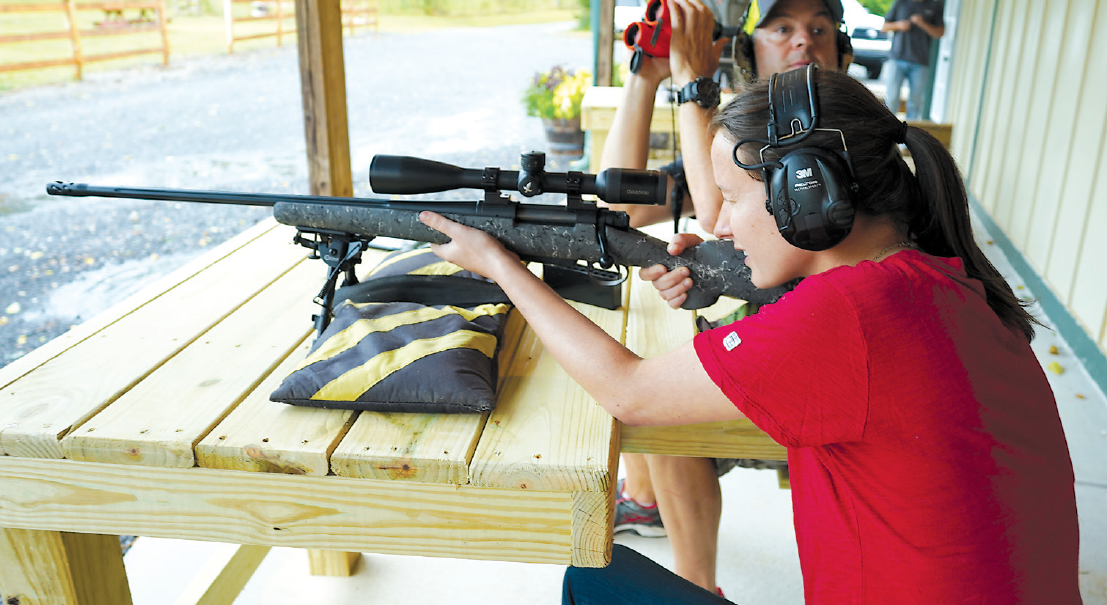A: Like you, I have been hunting with a riflescope for a long time, albeit, longer than you mentioned, going back to a 4x Weaver and later during those early days a 3-9x Leupold. Back then I was never concerned about parallax. I did not learn about parallax until about 30 years ago. Actually it’s been only in recent years that I started shooting long ranges and using scopes beyond 10x that I truly became aware of, and, found it necessary to learn about parallax.
The dictionary defines parallax as “the apparent displacement or the difference in apparent direction of an object as seen from two different points not on a straight line with the object.” What? Confusing? It is to me, too. To me a better description/definition is one found in the FTW Ranch’s Sportsman All-Weather, All-Terrain Marksmanship Training manual… “Parallax is the apparent movement of the target relative to the reticle when you move your eye away from the center point of the eye piece. It occurs when the target does not fall on the same optical plane as the reticle.”
A simple way to look at parallax is to call it your “target focus.” Scopes that do not have a parallax adjustment feature have a fixed parallax. If shooting out to only 300 yards, you do not really need to be concerned about parallax. However, if you commonly shoot beyond 300 yards, then your scope should truly have parallax adjustment to clear up your target focus.

Most scope 12X and higher magnification have an external parallax adjustment knob.
To see how parallax works, if you own a scoped rifle with a scope with more magnification than 10x turn the power ring to the highest setting. Point your rifle toward the sky. Looking through the scope adjust the ocular (back lens of scope) so the crosshairs become sharp-edged and crystal clear. Forget at the moment if the sky in in focus or not.
Once you focused the reticle, place your rifle in a solid position so you do not have to use hands to keep it in that position. Next, center the crosshairs of a distant object or target. Without touching the rifle, look through the scope. While looking through the scope does it seem the crosshairs are moving off and on or around the target? If the crosshairs indeed seem to move, even if only slightly, this too, illustrates parallax.
Improper parallax adjustment can cause you to shoot group sizes that are wider than what your rifle/ammo combination are capable of doing. If the range is beyond 300 yards, the magnification setting beyond 10x and parallax is not properly adjusted, the improper adjustment can cause wider groups and possibly being totally off target. At that distance and closer, parallax seldom comes into play.
Even today most scope manufacturers do add parallax adjustment features to scopes less than 12x.
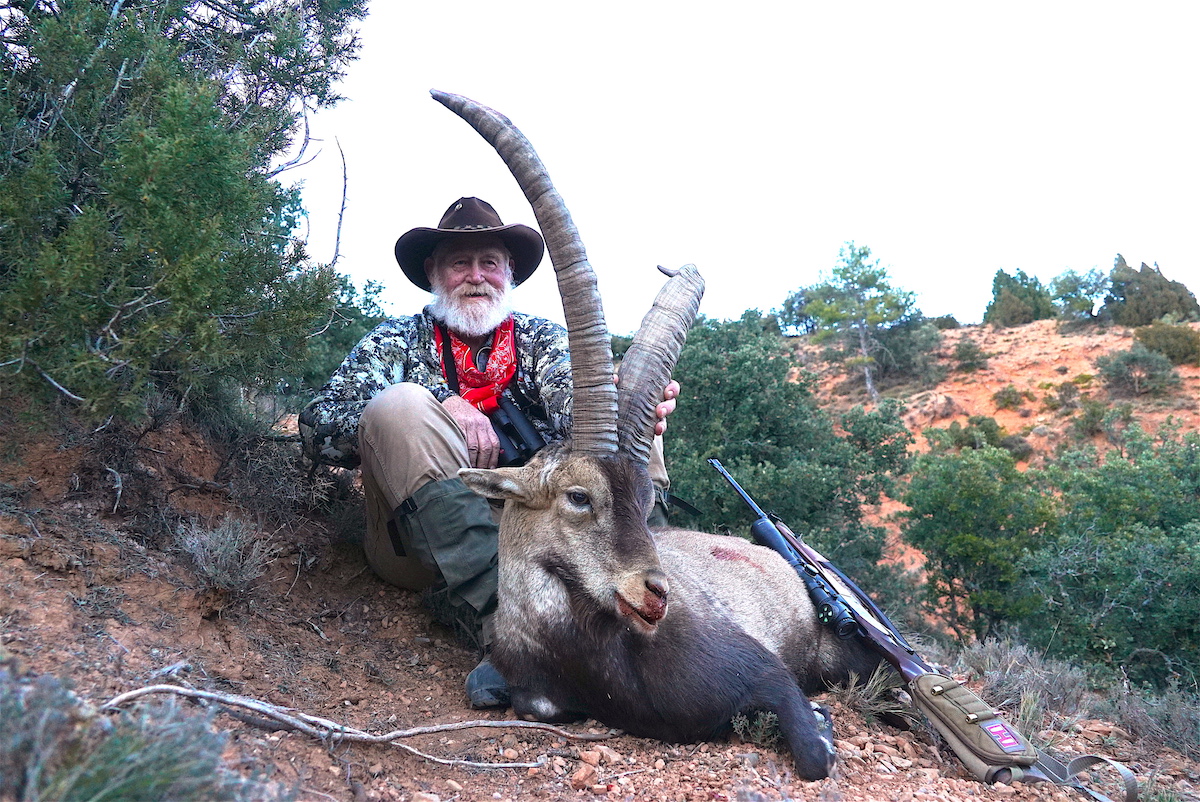
If you going to shoot beyond 300 yards and use a 12x or higher magnification scope, parallax needs to be considered.
Until scope magnification started exceeding 10x and we started shooting regularly beyond 300 yards, we did not have to be concerned about parallax. Our early fixed and variable power scopes came from the factory with parallax adjusted at 100 or 150 yards. So adjusted, out to 300 yards, parallax very seldom came into play. At close distances, parallax does not effect accuracy. At 100 yards parallax maximum error of accuracy is 2/10-inch. But with these days’ higher magnification scopes up to 18x and more, and the fact some of us shoot beyond 300 yards, parallax can indeed come into play if not corrected or properly set.
To correct parallax, if your scope has parallax adjustment either on the front objective or in most instances a “knob” on the opposite side of your scope’s windage adjustment (left side of the scope), slowly turn the knob while looking through your scope moving your head slightly from side to side and/or up and down until the crosshairs no longer move, placing the crosshairs and the target on the same ocular plane. When you have done so, you have properly adjusted parallax for that specific distance, between scope and target. Both the crosshairs and the target should at that point be crystal clear. Essentially what you have done is placed the crosshairs and the target on the same plane, one right on top of the other, by making the adjustment.
Proper parallax adjustment varies with distance. This is why you would want to adjust parallax according to the distance from you to your target.
Many of today’s scopes are made to accommodate parallax adjustment. These often have yardage “settings,” usually from 10 yards to infinity on the parallax adjustment knob. These marked setting can help get you within the ballpark on proper settings. Remember, all of us who look through higher magnification scopes tend to see things a bit differently. This is why it is best when adjusting parallax to a specific range to simply turn the knob until the crosshairs and target are acutely clear, indicating proper adjustment.
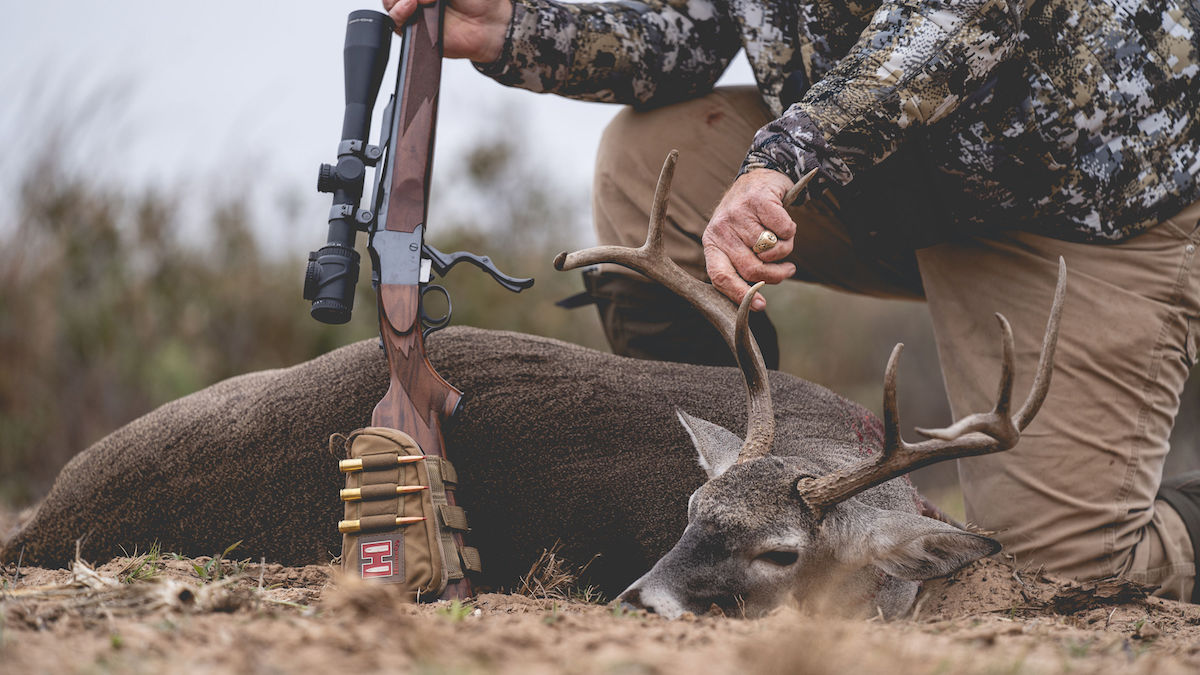
If shooting less than 300 yards, parallax is not a problem.
If hunting with a higher magnification scope (higher than 10x), before going afield I adjust parallax to the distance I anticipate taking a shot. If for some reason the distance is longer, then usually I have time to make the appropriate adjustment. That way, If I see what I am after and the distance is within the parallax range adjustment I have made, I can quickly get on target and execute the shot. Leaving one less thing to be concerned about.
Recently I have been hunting with a lower magnification variable, no higher than 10x, scopes by Trijicon that do not have external parallax adjustment. They have factory adjusted parallax at 150 to 300 yards. These scopes are mounted on Ruger Number 1 rifles (.257 Roberts, .375 Ruger, .270 Win., .30-’06 and .405 Win.) I use primarily for whitetail deer hunting. Frankly, I do not anticipate shooting distances beyond 300 yards. Under such hunting and shooting circumstance I am not concerned about parallax. However, if I’m hunting where shots could be beyond 300 yards, I will be using a higher magnification Trijicon scope with a parallax adjustment feature.
As long you continue using a scope with an upper end magnification of 10x and do not intend taking shots beyond 300 yards. I see no reason for you to be concerned about parallax. But, if you step up to a 12x and higher magnification scope and start shooting farther than 300 yards, be sure you learn how to adjust the parallax on your scope to the appropriate ranges you shoot.

As a wildlife biologist, Larry Weishuhn established quality wildlife management programs on approximately 12,000,000 acres across North America with emphasis on habitat and animal populations. As a writer, he has served on staff on numerous publications in hunting, shooting and wildlife management and has long been involved with the highest quality outdoor television productions.

Duncan Dobie’s first Dawn of American Deer Hunting sold more than 8,000 copies! But our Volume II is even bigger with more than 250 pages, 400 photographs, plus a special full-color section featuring some of the best whitetail paintings ever done.
You’ll enjoy seeing early American hunters with their huge whitetails and the rifles they used to shoot their trophies. The 8½ x 11-inch book includes many rare photos of some famous Americans—like Annie Oakley, Babe Ruth, Clark Gable, Ernest Hemingway, Theodore Roosevelt and Jack O’Connor—who hunted our country’s No. 1 big game animal.
Dawn of American Deer Hunting—Volume II is also available in a hardcover Collector’s Edition and a Deluxe Edition of 400 copies bound in leather. All books are signed by Duncan Dobie. Buy Now

